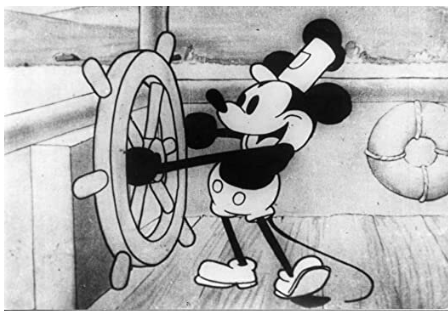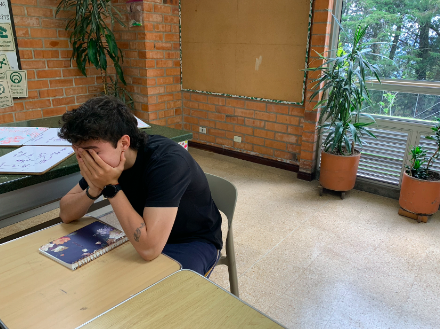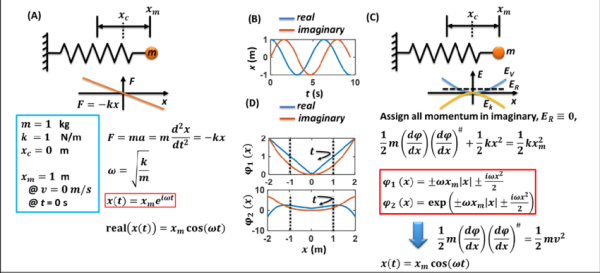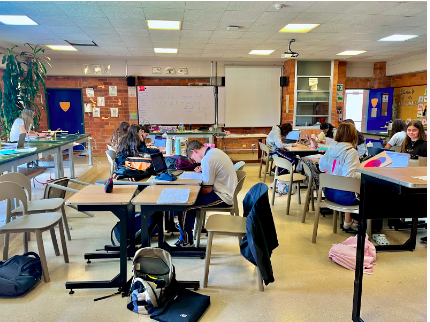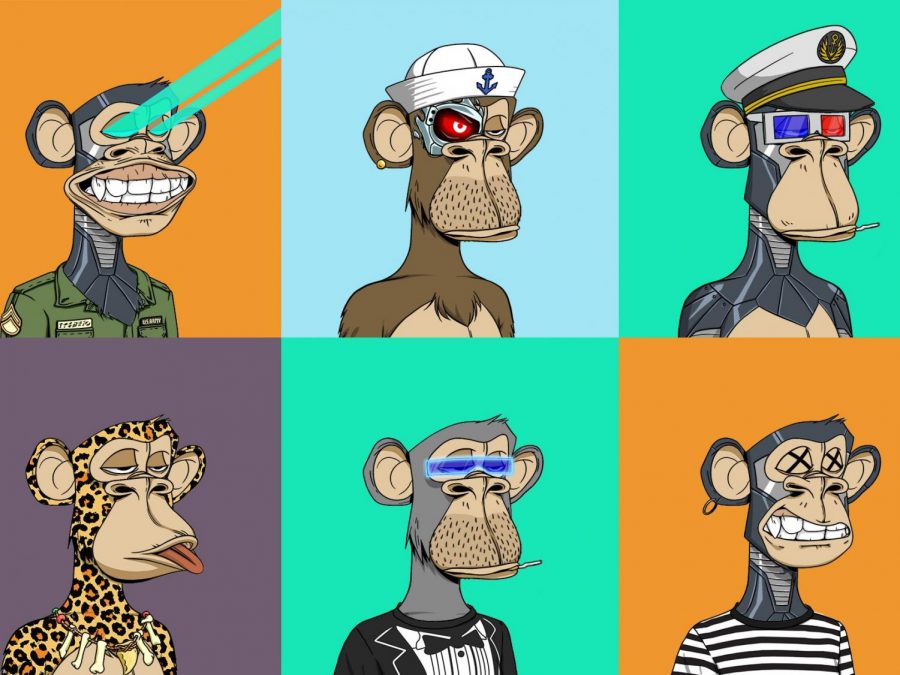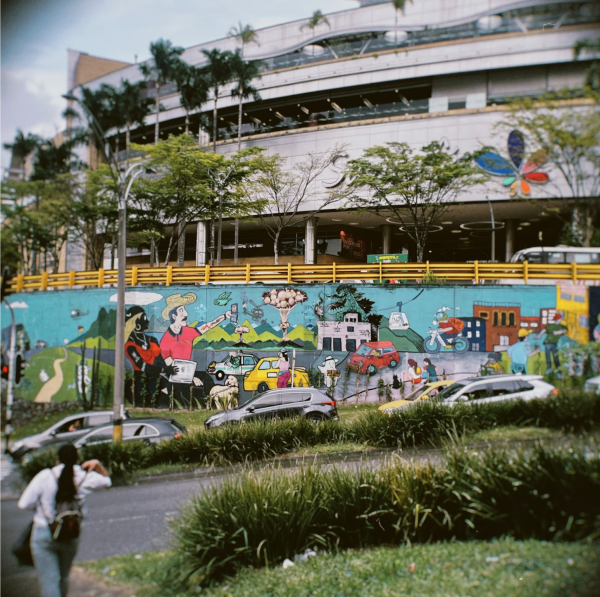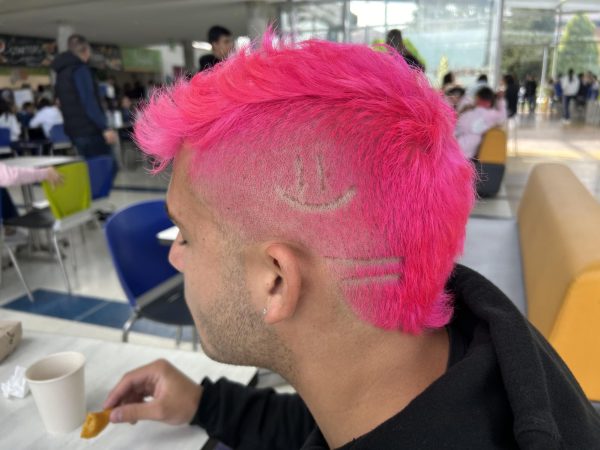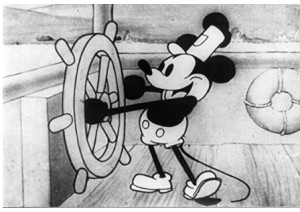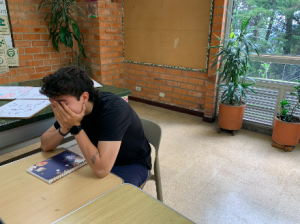NFTs, a New Obsession
Flooding social media and news headlines, the term “NFT” is not new to many people. NFTs, or non-fungible tokens, are assets that can include everything from music to a website domain, but the current madness is around digital artwork, which is redefining the future for artists as well as art investors.
How do NFT’s Work?
Although they’ve been around since 2014, NFTs are gaining attention now because they are becoming a progressively popular way to buy and sell digital artwork. According to Business Insider, the NFT market has grown to a $41 billion USD market value since November 2017. NFTs are bought and sold online, often with cryptocurrencies such as Bitcoin or Ethereum which have been gaining strength over the past few years.
Celebrity Paris Hilton is bullish on the future of NFTs. On her website, she wrote, “I see NFTs as the future of the creator economy. Blockchain technology will help creators increase the value of their work and share it with fans in real-time. It allows artists to get paid on secondary sales as well. That’s never happened before, and it is mind-blowing how much that can change things for artists.”

NFTs, like any physical artwork, are usually unique or one of a kind. They represent real-world objects like art, GIFs, collectibles, game skins or avatars, and even videos like sports highlights. Even simple things like tweets serve as NFTs. Jack Dorsey, Twitter’s co-founder, sold his first-ever tweet as an NFT for more than $2.9 million USD.
NFTs are exactly like physical collector’s items, only digital. The buyer gets a digital file instead of getting an actual painting to hang on the wall. The buyer also receives exclusive ownership rights which are guaranteed since NFTs are digital certificates of ownership representing the purchase of a digital asset, traceable on the blockchain.
Why buy/sell NFTs?
NFTs have changed the market for digital assets. Being an NFT owner makes you an investor, a brand shareholder, and a participant in a loyalty program. NFTs are collectibles which means that after buying them, you can hold on to them and their value could increase over time.
“In the NFT world, anyone can post online, market themselves on Twitter and build a following from a young age […] the comparison I like to make is it’s similar to the way TikTok is causing people to be discovered at a really young age.” 26-year-old NFT promoter Griffin Cock Foster told the New York Times.
NFTs have undoubtedly turned into one of the most important elements of internet commerce. Their benefits have become attractive selling factors for many consumers, as anyone, no matter their age or profile can buy or sell them and profit without limits.
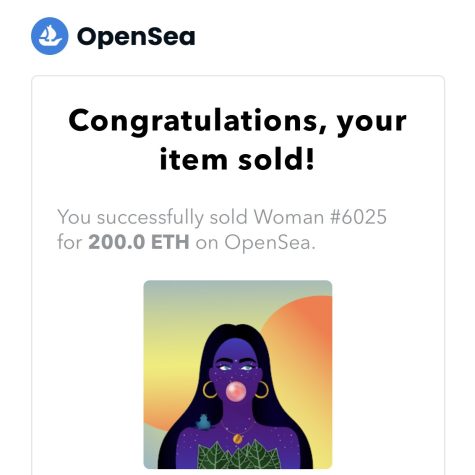
On his podcast, “Impaulsive”, social media star Logan Paul said, “I know it’s ridiculous, but it’s digital history and I think they’re pretty cool.”
However, just as NFTs can be great investments for some people, others don’t see it as such an advantage.
Even though NFTs exist in a file with a unique code made, so they don’t get duplicated, the potential for fraud still persists. Scammers are known for striking NFTs out of files that don’t belong to them and making them seem like their own to unaware buyers. This is a disadvantage because blockchains like Ethereum are altered allowing for anonymity, making it difficult to track down scammers who use anonymous wallets. Artists are usually scammed when many copies of their artworks are digitally created and sold off before their notice.
NFTs at TCS
The value of NFTs is a topic of considerable debate. While some say that they are great opportunities for generating income, others say that it’s a pretty shady and risky business.
Pablo Escandon, Grade 10, has been an insider in the world of NFTs and cryptocurrencies for more than 2 years. Escandon has had previous experience investigating and investing in the cryptocurrencies behind NFTs, such as Ethereum.
“It’s something interesting and something you should know and learn about. These are opportunities we have to invest and inform ourselves so that they do not take advantage of our ignorance in case an opportunity arises to us at some point in life,” Escandon said.
Escandon has studied the market and knows several other investors. He acknowledges that many people still have doubts about the value of NFTs and the experience, in general, doesn’t seem very good.
“I think that there must be some sort of backup behind these NFTs, and it seems to me that it may be involved in money laundering,” Escandon said.
He recommended waiting and investigating the topic better to be able to accept or reject them properly in such a way that a scam can be avoided or also that an income can be generated.
On the other hand, Senior, Sofia Valencia, an aspiring artist who wants to start selling her work in the NFT market has a different approach to the topic.
“I wouldn’t call myself an expert on the topic, actually I would say I’m quite new to this subject. I’m interested in getting more into it because I think that it’s a really innovative way of selling art and being creative. After all, it truly allows anyone to earn money from their work. I do know how to set up an account, how to create a wallet, and where to sell them,” Valencia said.
She agreed with Escandon on one aspect, the risks. Valencia isn’t interested in collecting due to her lack of experience in a market that is relatively new and different from the other existing ones. However, she is open to selling NFTs, since the risks are much lower than buying.
“You can sell anything as an NFT, for example, songs, videos, images, GIFs, memes, I think that there are many things that you can do with it. I’m really curious into seeing how I can sell my work and be more creative and learn more about myself such as my talents and really practice being creative, so that’s the main reason why I’m interested in NFTs,” Valencia said.
The trend among TCS students is that many of them enjoy investing and researching cryptocurrencies, stocks, trading, and NFTs.
“I do not want to reject them completely, but it seems to me that it is something that at this moment is not very developed, and it is not very safe to invest in this because the financial institution is not very clear yet, and it is still rumored that certain elements may be illegal,” Escandon said.
As the digital world evolves, everyone gets swept along with it. NFTs could be the future of art and a great way to start getting more involved in the world of cryptocurrency. Or, they could just be a passing fad; only time will tell.
WORK CITED
Levin, Tim. “NFTs Could Be the Future of Collecting – or a Huge Bubble. We Talked to 3 Experts about the Risks to Consider before Buying in.” Business Insider, Business Insider, 13 Mar. 2021, https://www.businessinsider.com/what-are-risks-of-investing-in-nft-2021-3.
Clark, Mitchell. “NFTs, Explained.” The Verge, The Verge, 3 Mar. 2021, https://www.theverge.com/22310188/nft-explainer-what-is-blockchain-crypto-art-faq.
“How Nfts Create Value.” Harvard Business Review, 19 Nov. 2021, https://hbr.org/2021/11/how-nfts-create-value.
Dailey, Natasha. “NFTS Ballooned to a $41 Billion Market in 2021 and Are Catching up to the Total Size of the Global Fine Art Market.” Business Insider, Business Insider, 6 Jan. 2022, https://markets.businessinsider.com/news/currencies/nft-market-41-billion-nearing-fine-art-market-size-2022-1.



